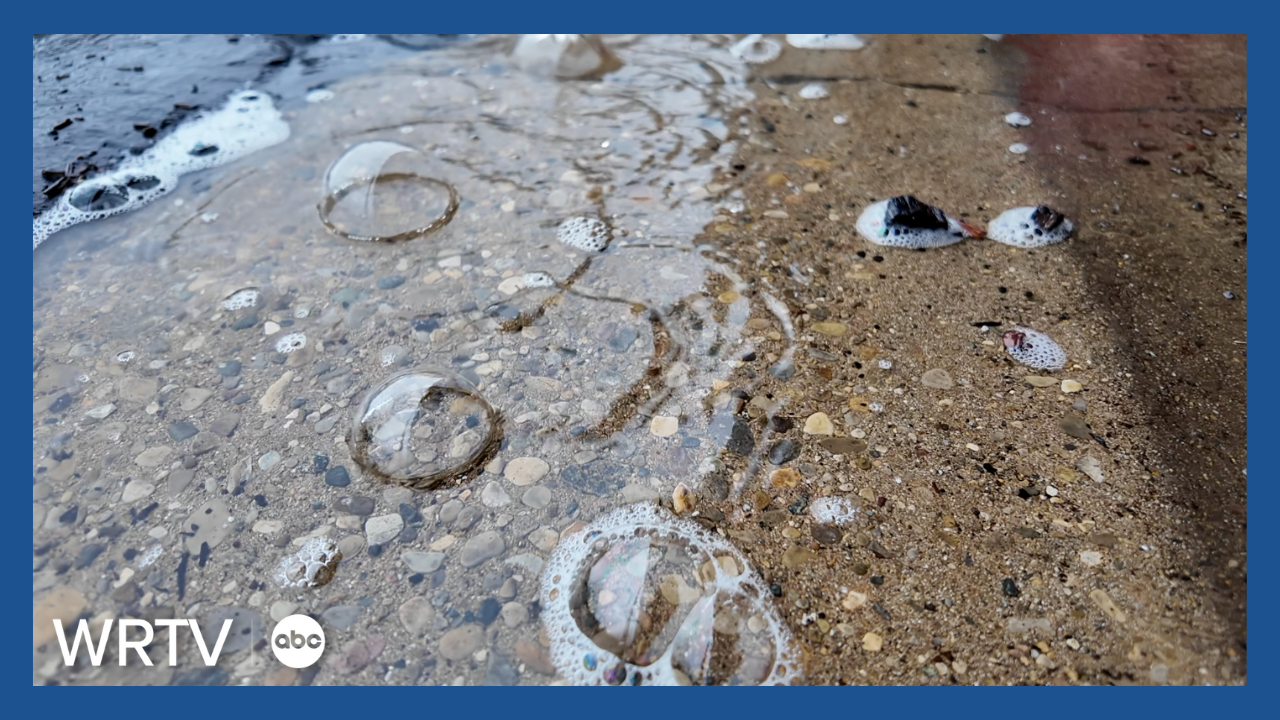INDIANAPOLIS — Many Hoosiers encountered slick roads on Tuesday morning.
The slick roads created hazardous driving conditions and caused a number of crashes across Central Indiana.
A bit of rain moved into the area and created the slowdowns. What was it about this particular rainy morning that caused so many issues?
It hasn't rained in Indianapolis since September 25, meaning oil and dirt from cars have built up on the roads for about a week and a half.
Oil and water don't mix. Think about a bottle of salad dressing. You may see the ingredients separated in the bottle, so you have to shake it before adding it to your salad.

Oil and water on the roads act the same way. During the first rain, after an extended period of dry weather, there are lots of slick spots on the road from the oil.
Slick roads from rain are a sneaky hazard, because it isn't obvious they are slick like a day when the roads are covered with ice or snow.
What causes the separation between oil and water?
Water molecules have a positive and a negative charge. Opposites attract — meaning in this case that water molecules attract other water molecules, to connect to the opposite charges. Basically, water wants to be by more water.
Oil, on the other hand, is non-polar. It doesn't have a positive or negative charge. Oil wants to stay away from water because it doesn't want to gain that positive or negative charge.
The rain causes the oil to rise to the top, creating slippery conditions.
For more information about safe driving in rainy conditions, you can learn more from the American Safety Institute.





